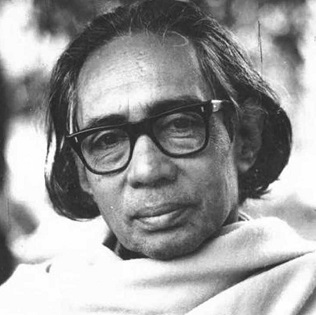Dear Readers!
When art historians and academicians are asked to write about a work of art, they usually focus on the details they notice. The feelings, on the other hand, goes unmentioned and perhaps ununderstood. They describe work as mesmerising, but hardly mentions being moved to tears by it. Few artists speak and communicate the depths of agony within the grasp of tears and wounded humanity like Somnath Hore. Our Guest editor Amit Mukhopadhyay invites selected artists to confront the major issue of Somnath Hore’s artistic practice, which he himself calls WOUND/S, throughout our issue. In this special edition, he invites a selected group of artists to converse about current social and political themes. These articles and artworks by art writers and artists discuss Somnath Hore’s dejection, demonstrating that he was intensely sensitive to his surroundings, which included moods, visuals, people, and events. In other words, one can say he was able to resonate with their surroundings at an unconscious and deeply emotional level. He not only felt the conflicts and sadness, the romance and joys in his life but also carried an inner drive – the ability to express his profound inner feelings through his art form. In the words of Lao Tzu “Life is a series of natural and spontaneous changes. Don’t resist them – that only creates sorrow. Let reality be reality. Let things flow naturally forward in whatever way they like”.
Somnath Hore’s lifelong involvement in painting, drawing, printmaking and sculpting was the mirror of the most expressive objectification of wounded humanity- the first manifestations of which he experienced as a young man of twenty-two in Chittagong. Hore saw the havoc wrought by the Japanese bombing and documented the horrors of the devastating Bengal Famine of 1943, which brought about the deaths of two to three million people. The misery he saw during the famine and the war, and his uncompromising empathy for peoples’ suffering, haunted all the work he did for the rest of his life and he explored human suffering via the techniques of sketching, printmaking, and sculpture. From the year 1972 with his white-on-white series named ‘Wounds’, (1972) he reached a level of minimalism and abstraction such that there was no human depiction at all.
I found him to be the most humble and straightforward artist. He was the most simple yet expressive in his art during the years I knew him. He was one of the twentieth century’s great multi-faceted artists, known for the consistency and intensity with which he examined human misery through sketching, printmaking, and sculpting. To commemorate the 101st birth year of Somnath Hore, Art & Deal Magazine is out with its special issue dedicating an entire journey of masterly works, and the life of Somnath Hore.
Wishing you all a very happy reading until next time with a new issue…!!
Siddhartha Tagore

